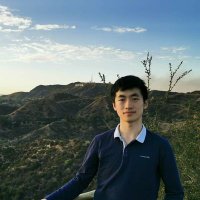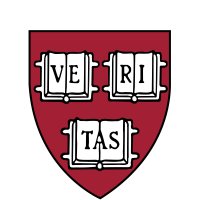
Qiwei Yu
@qiweiyu2
PhD candidate @Princeton | statistical mechanics & theoretical biophysics | Harold W. Dodds Fellow | previously @IBMResearch @PKU1898 @Rice_BIOE @RiceNatSci
ID: 1156975910089678849
https://qiweiyuu.github.io/ 01-08-2019 17:12:07
113 Tweet
436 Followers
674 Following

Now out in Annual Reviews of Physical Chemistry: David Sivak and I review recent work studying flows of free energy into, out of, and within molecular machines. These nanoscale protein machines convert energy within cells of all living organisms with remarkable efficiencies.




The work was done by Christopher W. Lynn ( Christopher W. Lynn) at Yale University YalePhysicsDept, The City University of New York, and PrincetonPhysics, William Bialek (William Bialek) at Princeton University and Rockefeller University, and their colleagues at those institutions and The University of Chicago.







Led by Sofia Quinodoz and Lifei Jiang of brangwynnelab, this work opens the door to new treatments and medicines. 📷 Members of the research team, from left: Anita Donlic, Aya Abu-Alfa, Jordy Botello, Qiwei Yu, Quinodoz, Lennard Wiesner, Cliff Brangwynne, Jiang, Troy Comi.



Excited that our nucleolus mapping paper just came out today in Nature! Truly an amazing study from even more amazing due of Sofi Quinodoz & Lifei jiang w/ Denis LJ Lafontaine & Sebastian Klinge and other fantastic co-authors nature.com/articles/s4158…

Our tour de force into the nucleolar world — a stunning exploration of spatial organization and the functional choreography of ribosome biogenesis now out in Nature✨ tinyurl.com/5n7jk3uz Led by Sofi Quinodoz, Lifei jiang, brangwynnelab, with theory partners Qiwei Yu,



